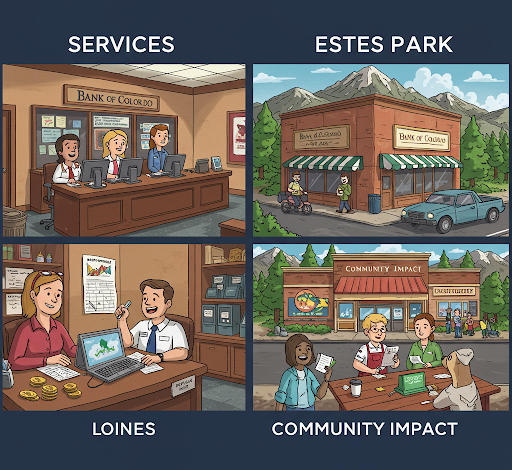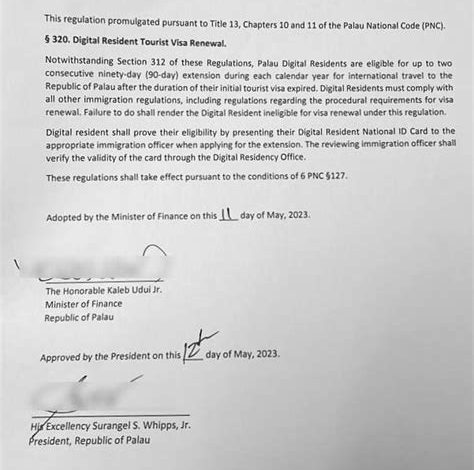Sign Language: A Greater Way to Communicate
Unlock the power of communication with sign language, a vibrant and expressive way to bridge the gap between individuals of all abilities. This extraordinary language, characterized by intricate hand gestures, facial expressions, and body movements, empowers individuals with hearing impairments to fully participate in the tapestry of human interaction.
The Profound Value of Sign Language
Approximately 466 million people worldwide are deaf or hard of hearing. For these individuals, sign language serves as their primary means of communication, empowering them to access information, engage in conversations, and connect with their community.
Breaking Down the Barriers
Sign language is not simply a collection of gestures; it is a complex and nuanced language with its own grammar, syntax, and vocabulary. Each gesture carries a specific meaning, and combinations of gestures create sentences and convey ideas.
Example:
The sign for “love” is made by forming a heart shape with both hands and placing it over the chest. The sign for “thank you” involves waving the hand up and down in front of the body.
Benefits Galore: Why Sign Language Matters
Embracing sign language offers a multitude of benefits, both for individuals with hearing impairments and the wider community:
-
Improved Communication: Sign language enhances communication for individuals who are deaf or hard of hearing, facilitating seamless conversations and breaking down communication barriers.
-
Cognitive Development: Studies have shown that exposure to sign language enhances cognitive skills in children, particularly in the areas of language development, memory, and problem-solving.
-
Social Inclusion: Sign language fosters a sense of belonging and community among individuals with hearing impairments, reducing isolation and promoting social participation.
-
Educational Opportunities: Sign language provides equal access to education for individuals who are deaf or hard of hearing, ensuring their academic success.
Common Pitfalls to Steer Clear Of
While sign language is a powerful tool, there are certain mistakes to avoid to ensure effective communication:
-
Assuming all Signers are the Same: Sign language varies across regions and countries. Avoid making assumptions about a signer’s proficiency based on their appearance or background.
-
Speaking Instead of Signing: When conversing with a person who uses sign language, it is crucial to primarily use sign language rather than speaking. This ensures clear and respectful communication.
-
Ignoring Non-Manual Signals: Facial expressions and body movements are an integral part of sign language. Pay attention to these cues to fully comprehend the message being conveyed.
Applications Beyond Boundaries
The applications of sign language extend far beyond the realm of communication for individuals with hearing impairments. It is also a valuable tool in fields such as:
-
Performing Arts: Sign language has been incorporated into various forms of performing arts, including dance, theater, and poetry. It adds a unique and expressive dimension to these art forms.
-
Education: Sign language is used in educational settings to support bilingual programs and provide access to information for students who are deaf or hard of hearing.
-
Workplace Accommodation: Sign language facilitates communication in the workplace, ensuring equal opportunities for individuals with hearing impairments.
Innovation Unleashed: The Sign-X Algorithm
Harnessing the power of technology, researchers have developed the groundbreaking Sign-X algorithm. This algorithm uses artificial intelligence to translate sign language gestures into text and speech, bridging the gap between signers and non-signers.
Tables for Your Convenience
Table 1: Sign Language Facts
| Statistic | Value |
|---|---|
| Number of deaf people worldwide | 466 million |
| Age of onset of deafness | 50% before 18 |
| Primary cause of deafness | Genetics |
Table 2: Benefits of Sign Language
| Benefit | Description |
|---|---|
| Improved communication | Facilitates seamless conversations |
| Cognitive development | Enhances language, memory, and problem-solving skills |
| Social inclusion | Fosters a sense of belonging and community |
| Educational opportunities | Provides equal access to education |
Table 3: Common Pitfalls in Sign Language Communication
| Pitfall | Description |
|---|---|
| Assuming all signers are the same | Sign language varies across regions and countries |
| Speaking instead of signing | Use sign language as the primary means of communication |
| Ignoring non-manual signals | Facial expressions and body movements are integral components of sign language |
Table 4: Applications of Sign Language
| Application | Description |
|---|---|
| Performing arts | Adds a unique and expressive dimension to dance, theater, and poetry |
| Education | Supports bilingual programs and provides access to information for students who are deaf or hard of hearing |
| Workplace accommodation | Facilitates communication and ensures equal opportunities |










